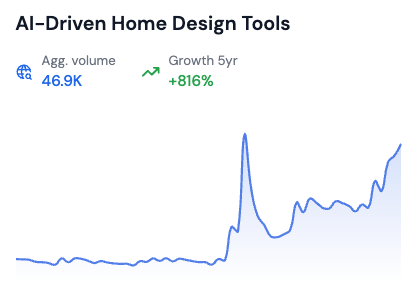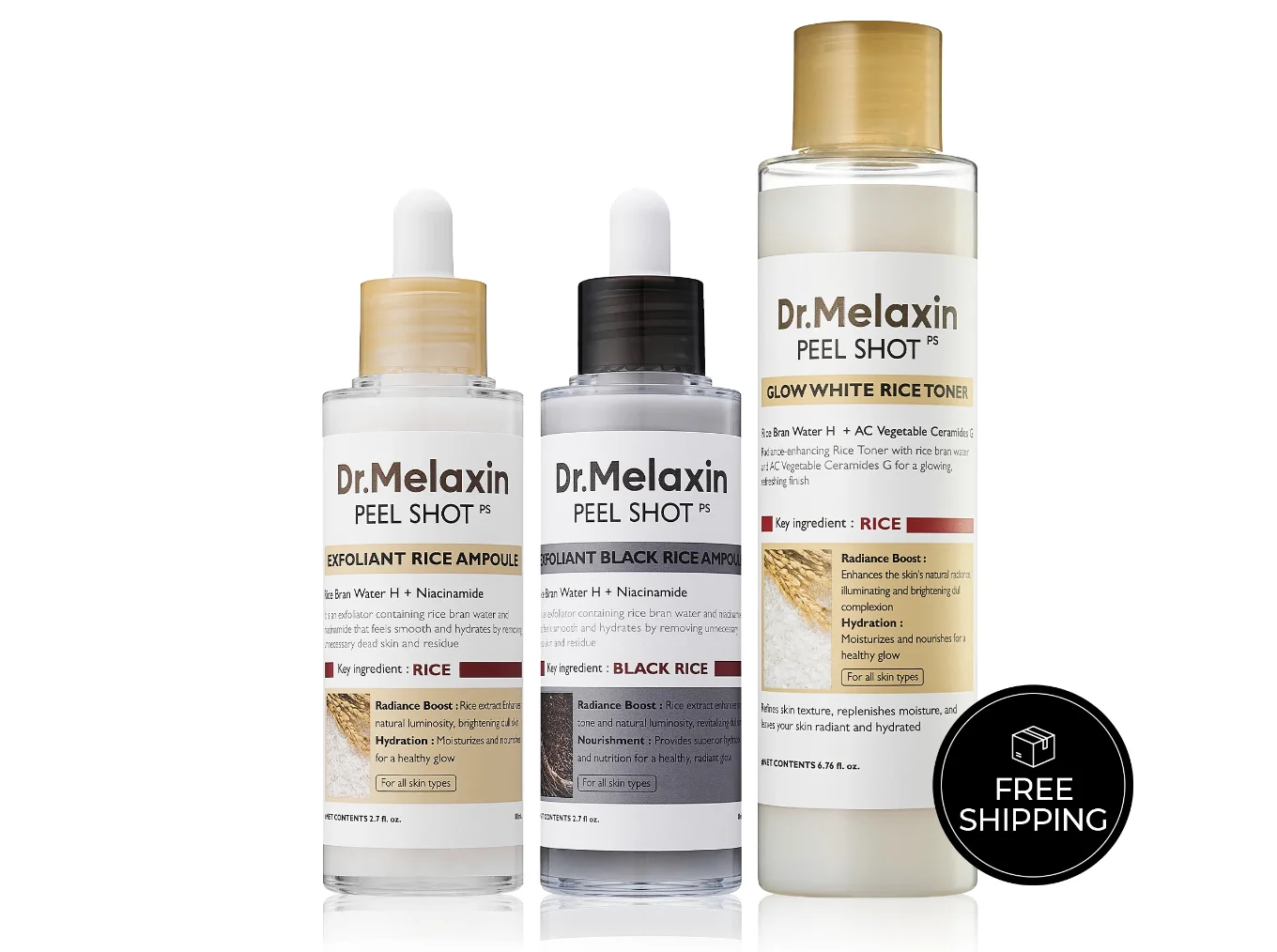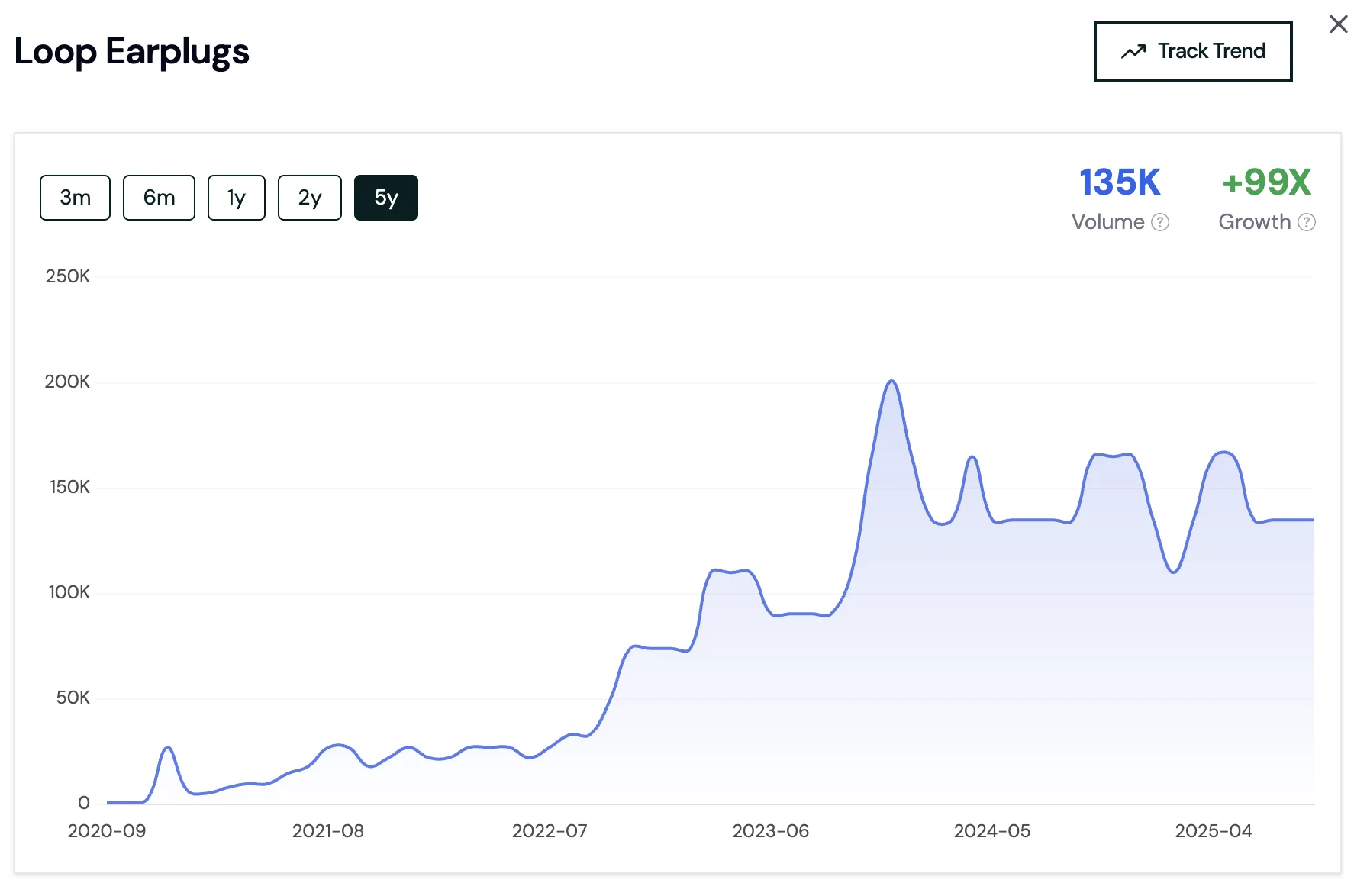

Dr Melaxin Peel Shot, spotted by RisingTrends.co, is the latest overnight skincare craze that promises a brighter face before breakfast.
The name sounds like something from a sci-fi novel, yet the story feels familiar: one creator posts a dramatic before-and-after, the algorithm takes the wheel, and suddenly everyone is filming their own late-night peel routine.
A single clip from aesthetician @skinbylara racked up two million views in five days (see it on TikTok), pushing “Melaxin” into the same search orbit as retinol and glycolic acid.
Mention volume on TikTok jumped 720 percent in the past month, according to hashtag-tracking firm DashHud. Google Trends shows a matching spike, with “melaxin peel” queries now outranking “sheet mask” for the first time this year.
Popularity surge: Rising Trends data
Below is a quick look at how interest in “Dr Melaxin Peel Shot” has surged, based on Rising Trends’ aggregated search data:

Dermatologist reactions & social momentum
Dermatologists gave the idea mixed reviews, and that tension may be fueling the buzz. In a cautious take, Dr. Alexis Stephens told readers of the beauty newsletter “Derm Deep Dive” that the nightly acid blend “isn’t for anyone already using prescription retinoids” (see review).
Yet the very next morning, a celebrity facialist quoted in Allure called it “the gentlest route to a glass-skin finish” (see discussion).
This whiplash between skepticism and endorsement plays well on social platforms, where commenters love debating whether a product is “snake oil or holy grail.” Brands have noticed. Two indie labels, GlowForge and LunaLabs, confirmed via email that they are racing to launch their own melaxin-spiked serums by early fall.
What’s driving the surge
Behind the scenes, three forces are driving the surge.
First, pandemic-era maskne left consumers craving fast resurfacing options; anything promising overnight renewal has instant appeal.
Second, TikTok’s new three-minute format rewards step-by-step tutorials—perfect for peel-shot content that shows application, wait time, and reveal in one clip.
Third, supply chains have finally caught up on cosmetic-grade melatonin derivatives. An executive at ingredient supplier ChemCor told Business of Fashion that bulk prices dropped 40 percent this spring after a new Turkish plant came online (see product review).
Lower costs entice formulators, which in turn creates more products to fill TikTok’s endless recommendation engine.
Implications and risks
Early implications look juicy for retailers and service providers. Dermatology clinics already offer “midnight peel” add-ons, a 15-minute treatment tacked onto standard facials for an extra $40.
Beauty-box startup DewDrop added a travel-size Melaxin Shot to its June mailer and reported a 12 percent bump in subscriber retention. Even Amazon resellers are cashing in: searches for the term now surface more than 600 listings, many repackaged under private labels. Yet caution signs flash.
Comments under @derm_donna’s explainer video (see TikTok) are filled with users complaining about redness and flaking after stacking the peel with other actives. Regulators, still sorting through CBD mascara and probiotic lipstick, may add “melaxin” to their next watch list.
Will the Melaxin Peel Shot graduate from viral DIY to dermatologist mainstay, or fade when the next filter-friendly fix appears?



